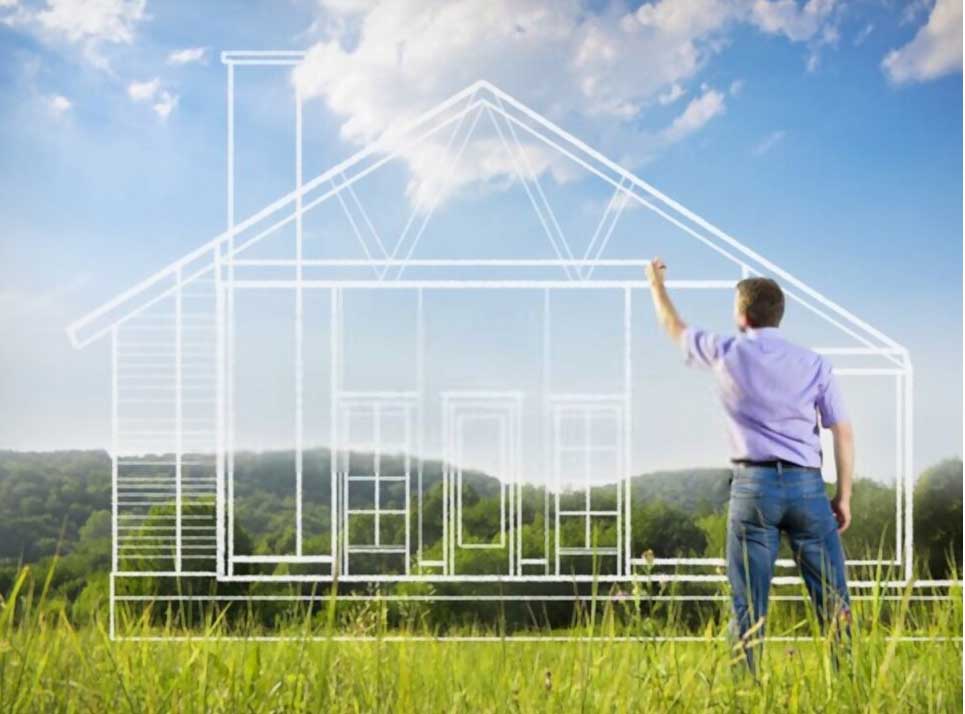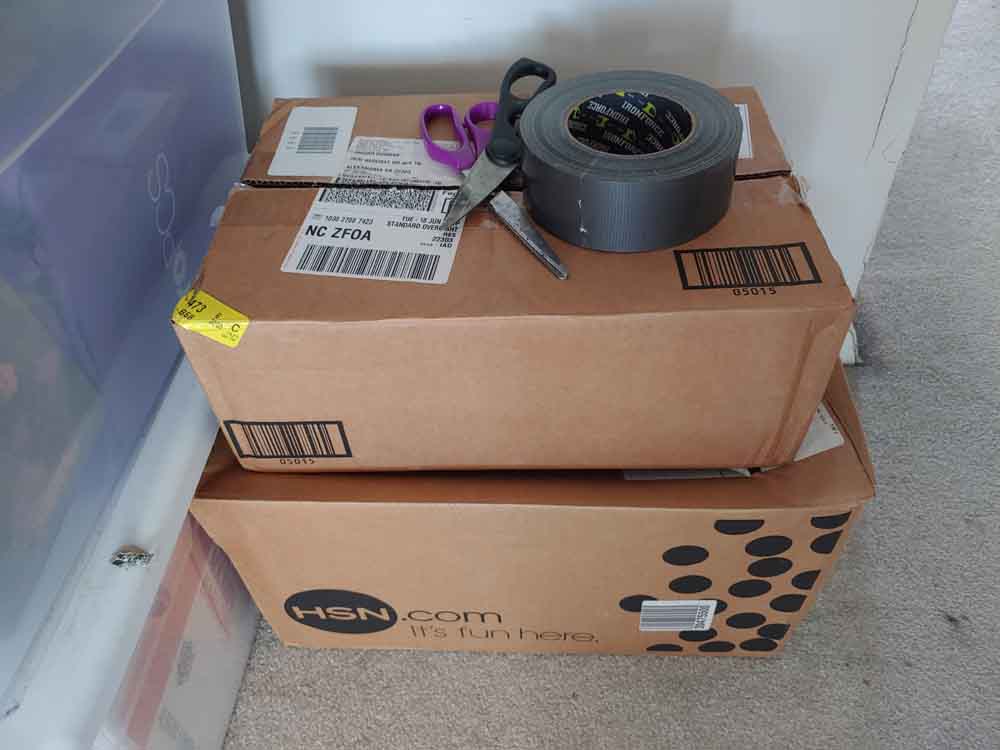Two focuses of my blog are Home and Living Discussions and Home and Property Discussions. There was once a time when construction didn’t take environment into consideration. In 2020, being eco-friendly is now an important consideration. The following contributed post is entitled, Eco-friendly Home Construction Ideas.
* * *

Are you building a new property or upgrading an existing one to be more in-line with modern eco culture and practices. If you are there’s a lot to think about. What materials will you use for construction, and how will you heat your home? Are you interested in building a home for the future? If so you will need the best steel foundations and SIPs paneling. An eco-home is definitely the future so make sure you build it with the future in mind.
Choose Your Location Carefully
When building your home or commercial property you need to consider its location carefully for the best eco-results. A south-facing home is far better than a west-facing one. It captures more of the sunlight throughout the day and gives you better energy efficiency. You will also want to build in an area that is not prone to earthquakes or floods, and that has excellent public transport links. Choosing the right locations can make all the difference to the success of your eco home and modern eco-lifestyle.
Consider the Size
In general, a smaller home is more eco friendly than a larger one. It might have less floor space but it’s easier to heat and cool is more cost-effective, and easier to manage in general. Think about it, how much does it cost to heat and maintain a large property where many of the rooms aren’t used. It’s better to build a smaller place and upgrade as needed. If your family or relative wants to stay, for instance, you can build an extension and optimize the property as necessary.
Building Materials
The materials you use to construct your eco-home with are all important. The materials after all will be responsible for temperature control and resistance to environmental pressures. SIPs panels are a favorite for modern eco-construction. They are easy to put together and create an air-tight highly insulated home. Choosing the best steel products for your eco home is also advantageous since you want to build the most effective time-tested foundations. Beta steel products are excellent for this type of construction and can be conveniently delivered anywhere.
Get the Insulation Right
It’s widely held that heating and cooling a home accounts for 50% of energy inefficiency in the home. Energy is lost through windows, doors, roofs, and leaks. These inefficiencies cost you money on your annual energy bills and increase your carbon footprints. If you’re constructing a new home ensure you use the latest insulation technology. For those upgrading their homes, there are also insulation solutions. Double or triple glazed windows are effective, heavy curtains and draft excluders also work well.
Energy Efficiency
The future is all about efficiency, and there’s a lot you can do to ensure your home is as green as possible. If you’re constructing a home from scratch consider all your options for heating. Install solar panels on the roof and consider newer options like geothermal heating. Although expensive at first, these technologies will save you significant sums of money over rather long term and reduce your carbon output. Inside, ensure all your appliances operate with an Energy Star rating. This is a modern energy standard for appliances that will ensure your home is optimal.







